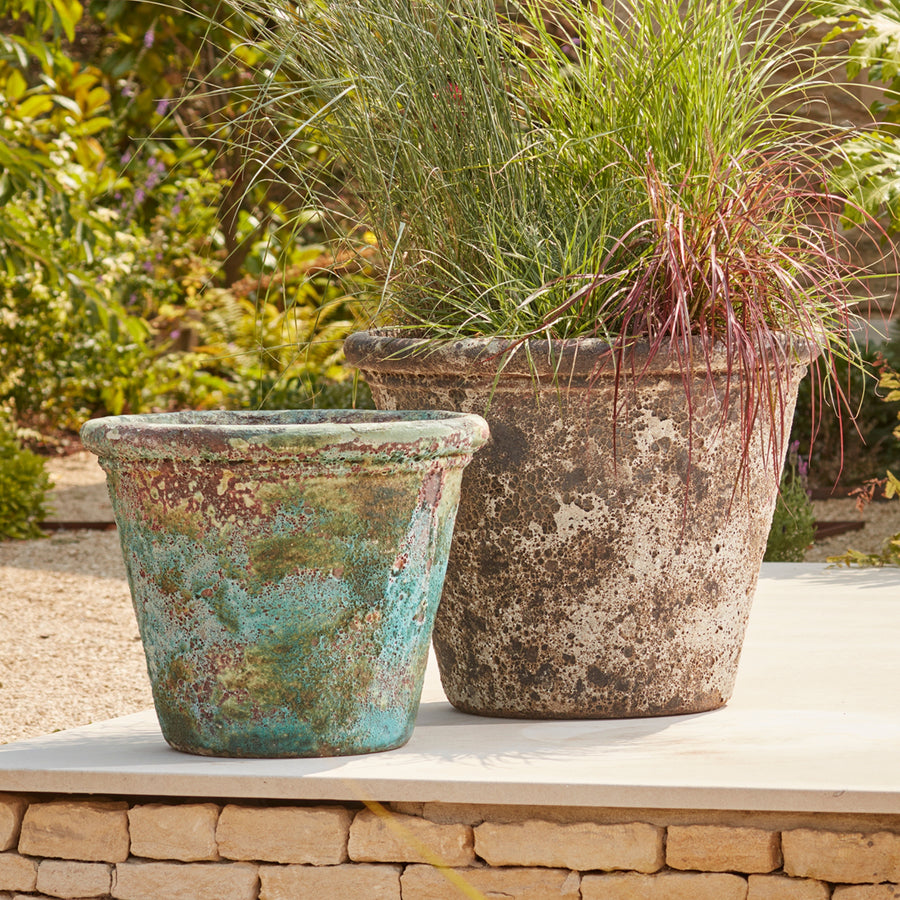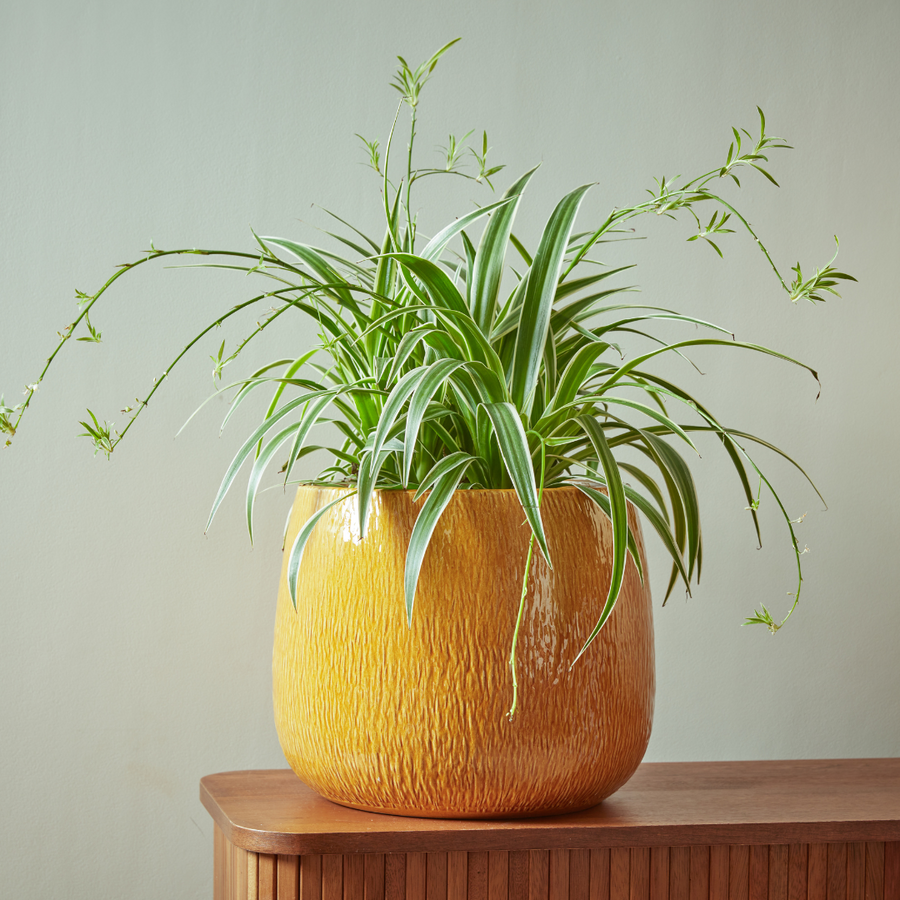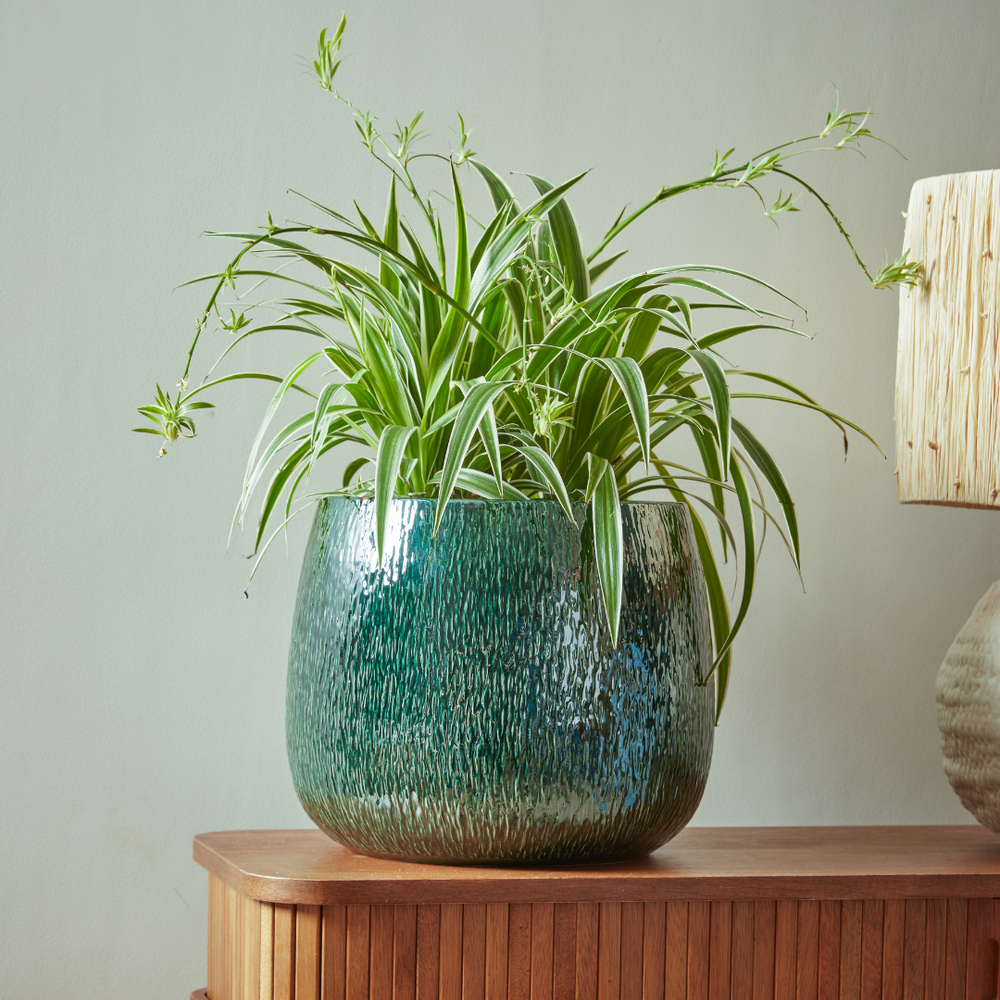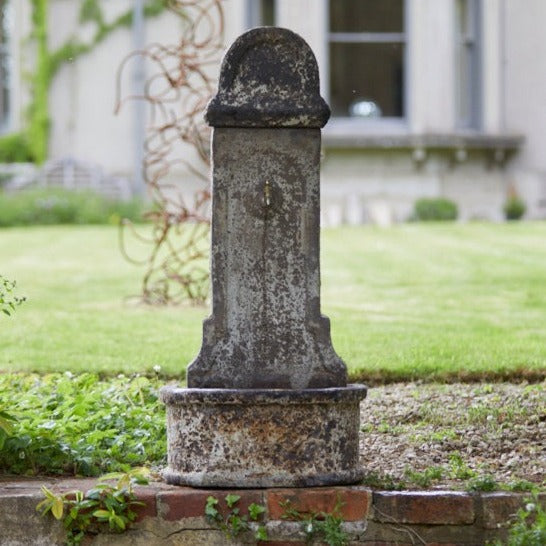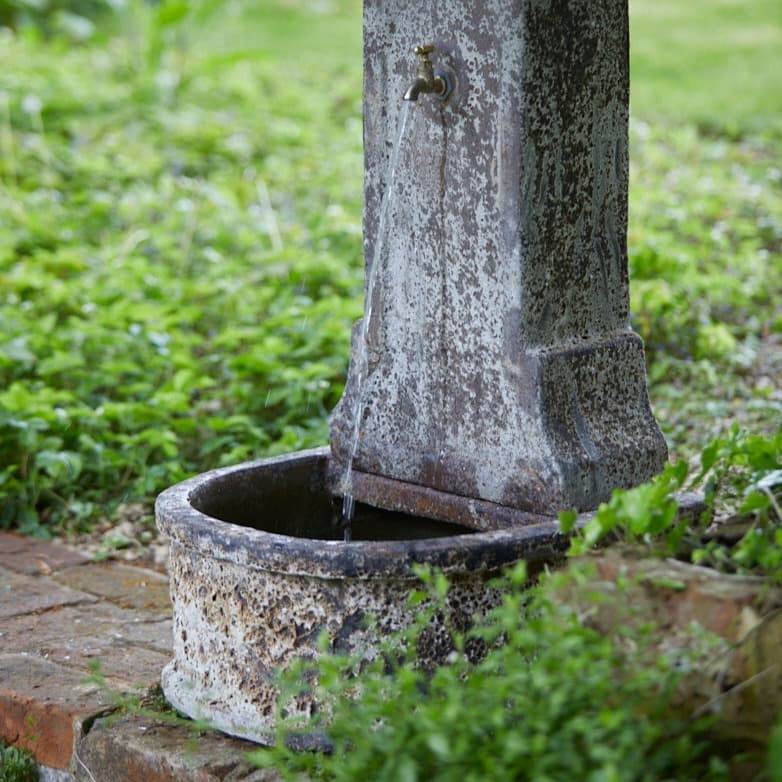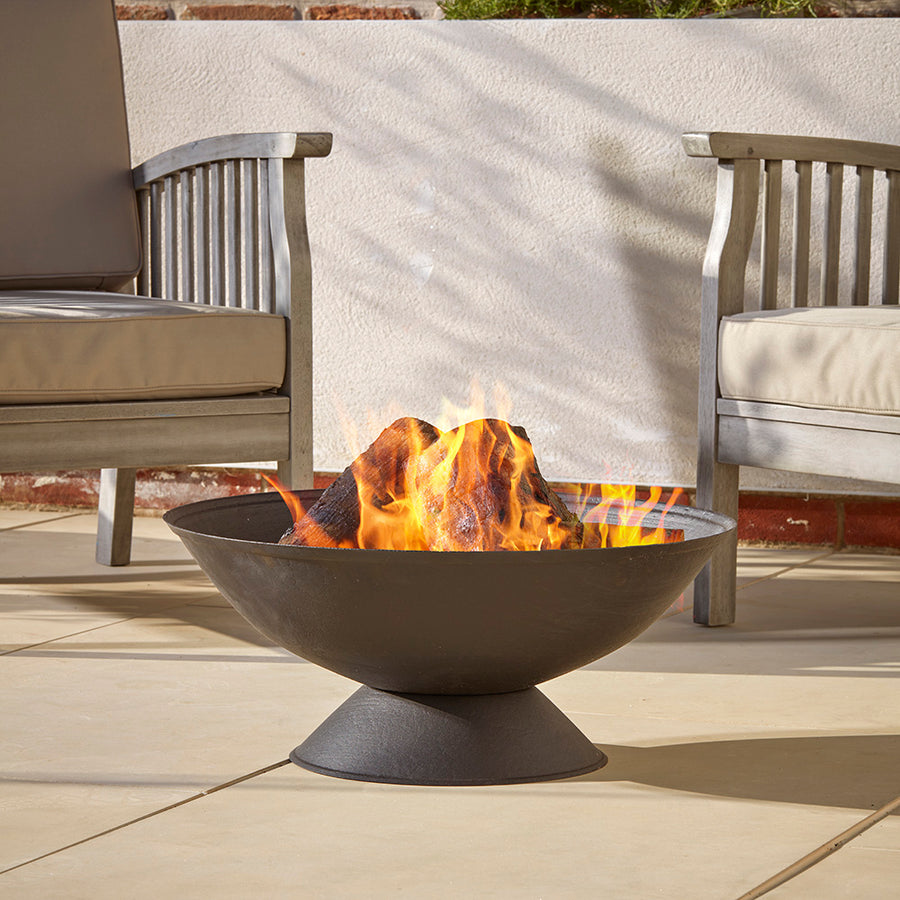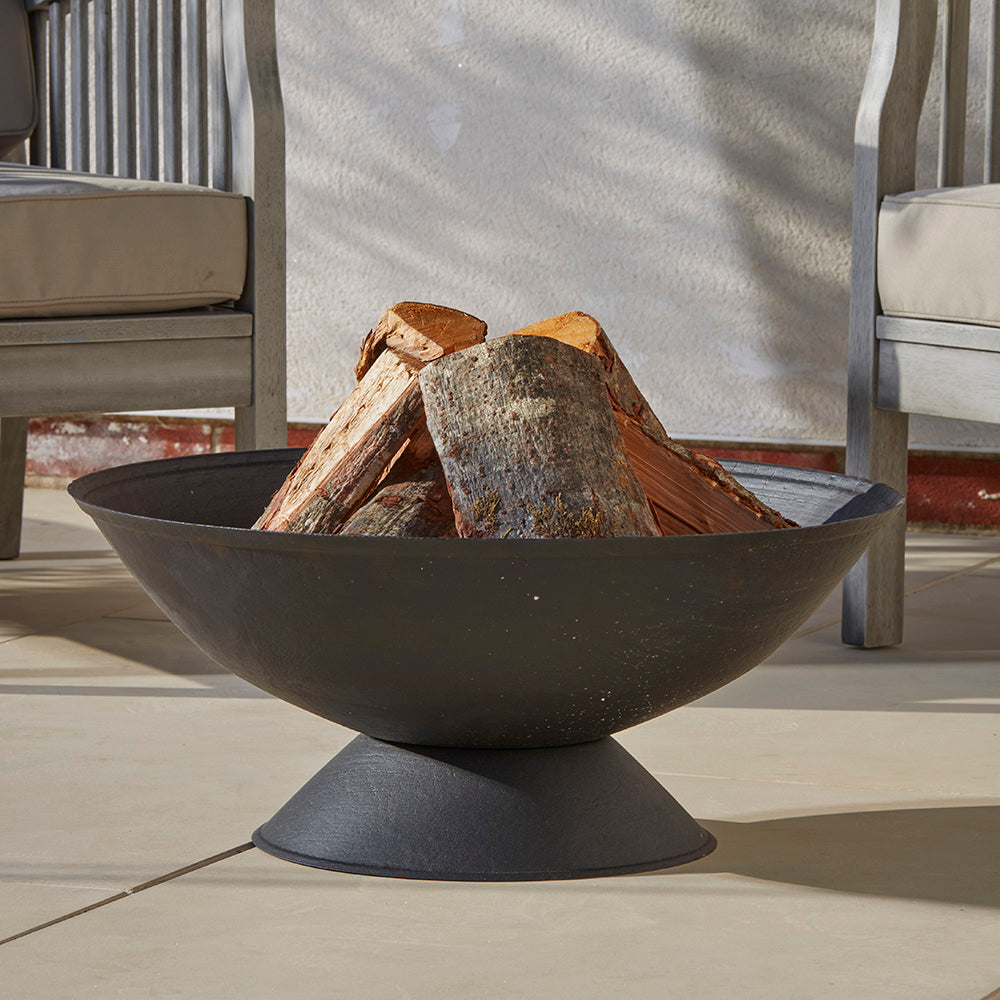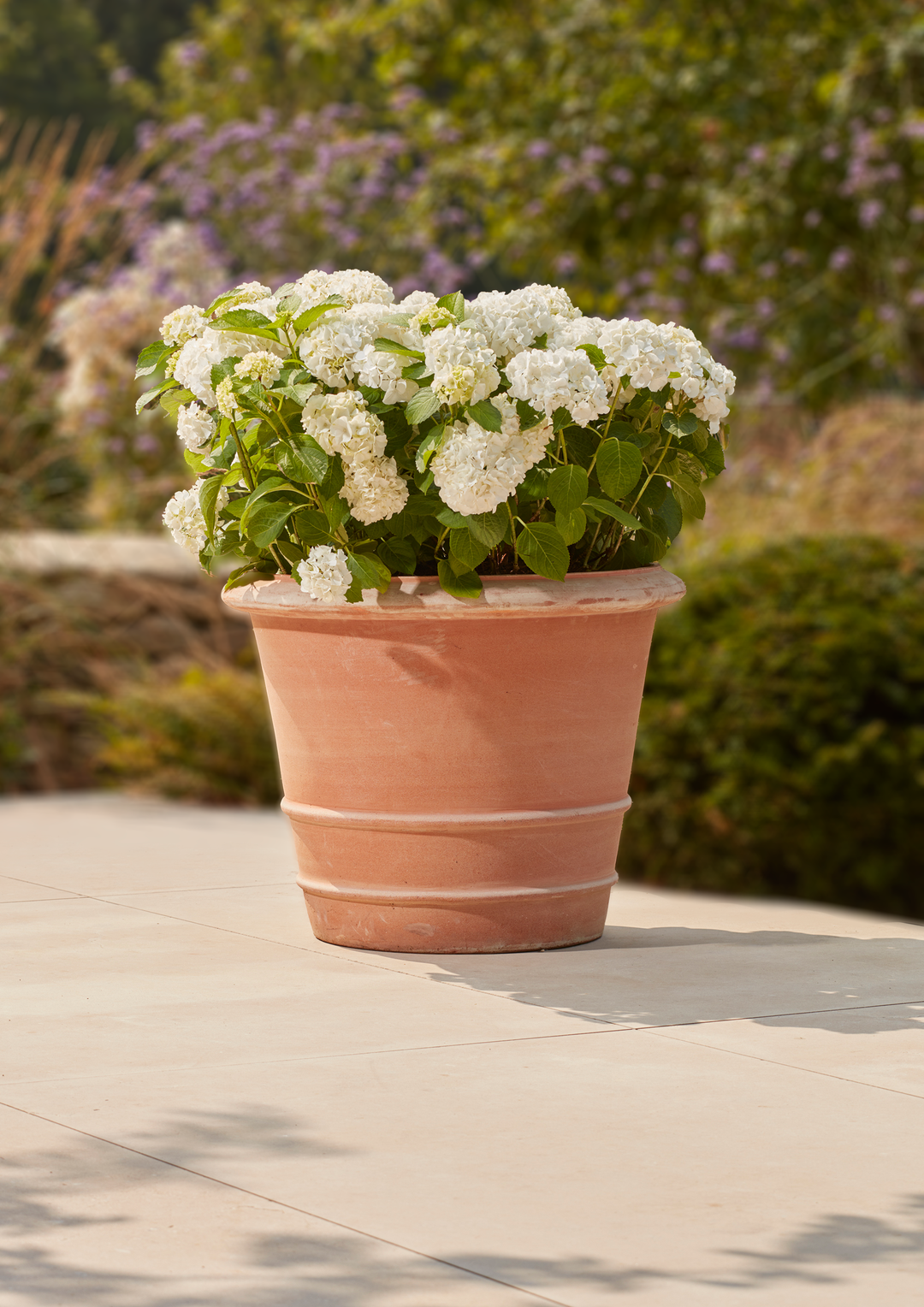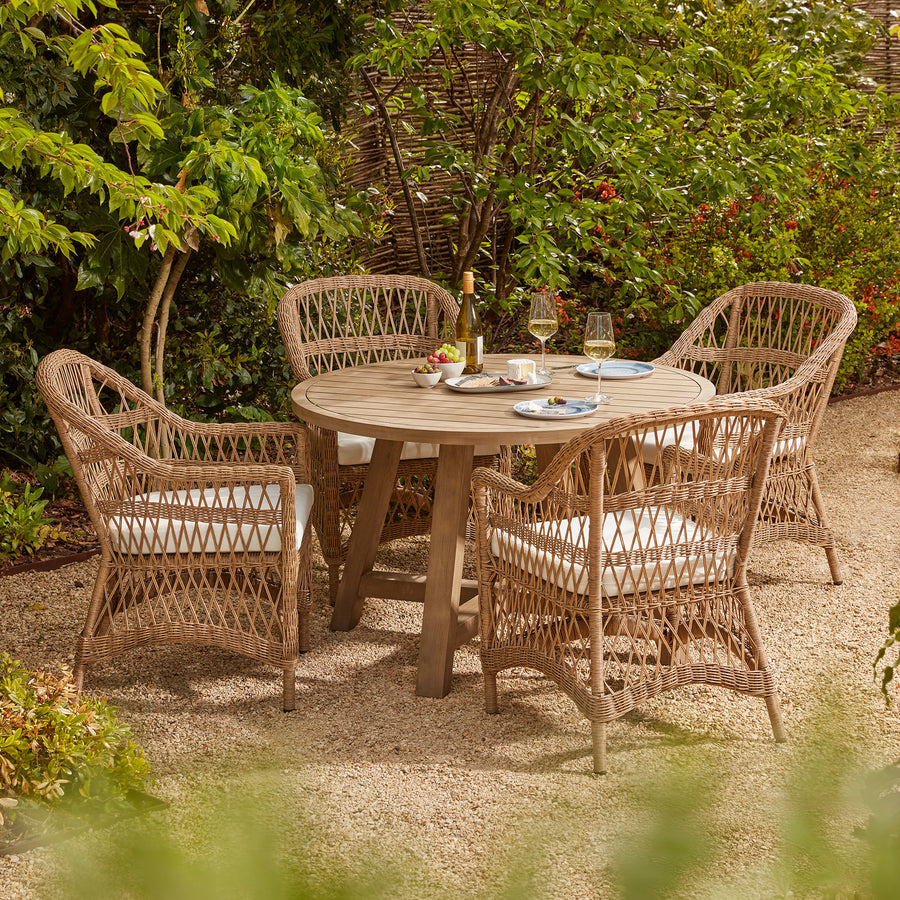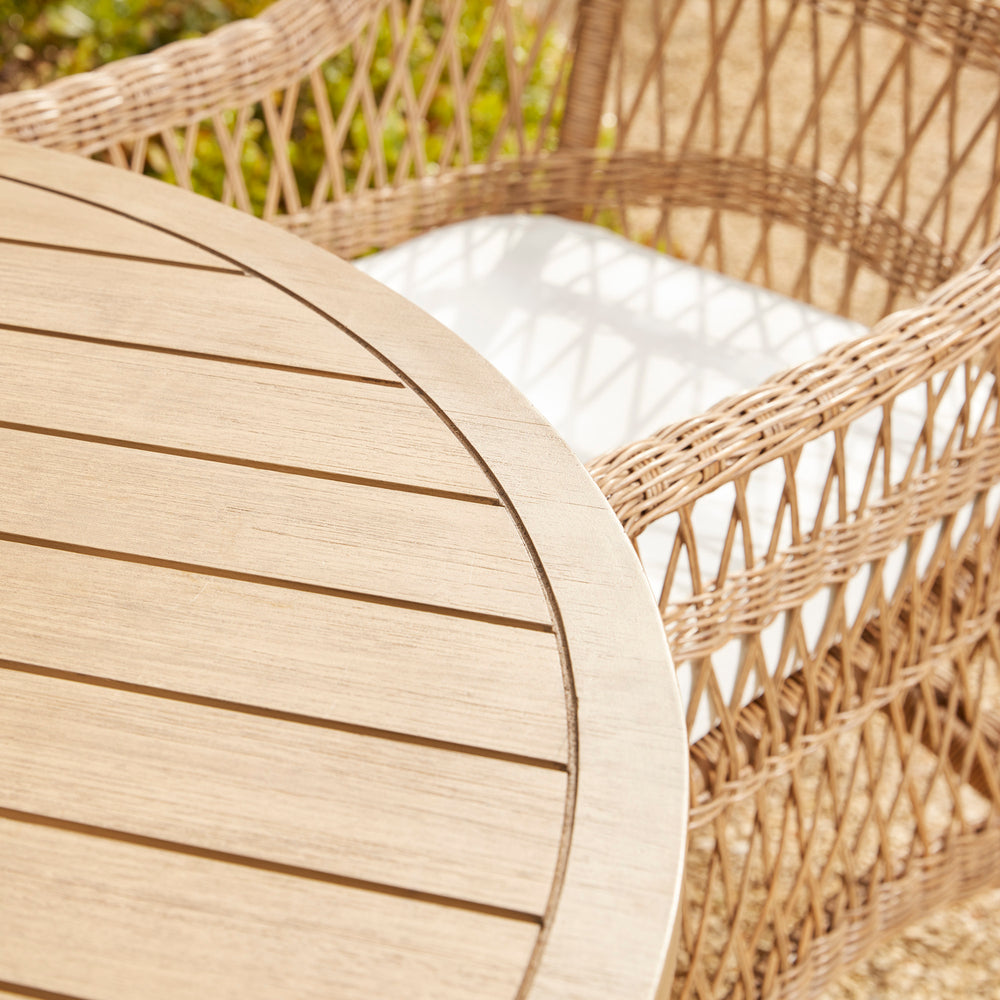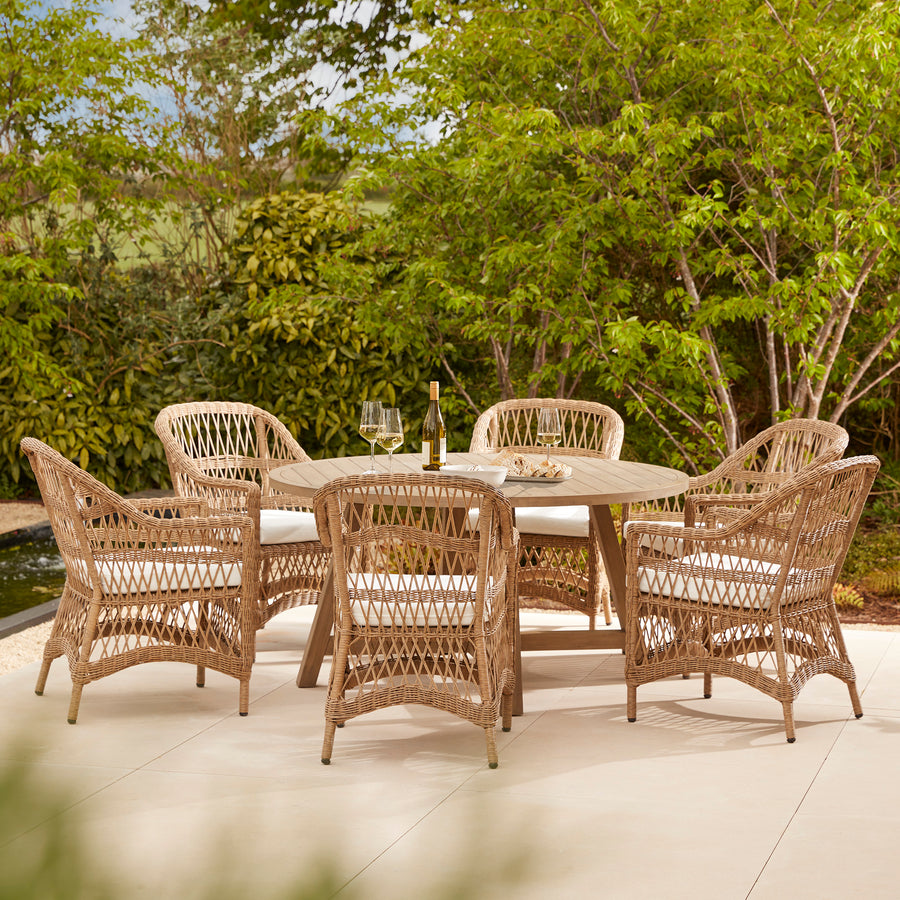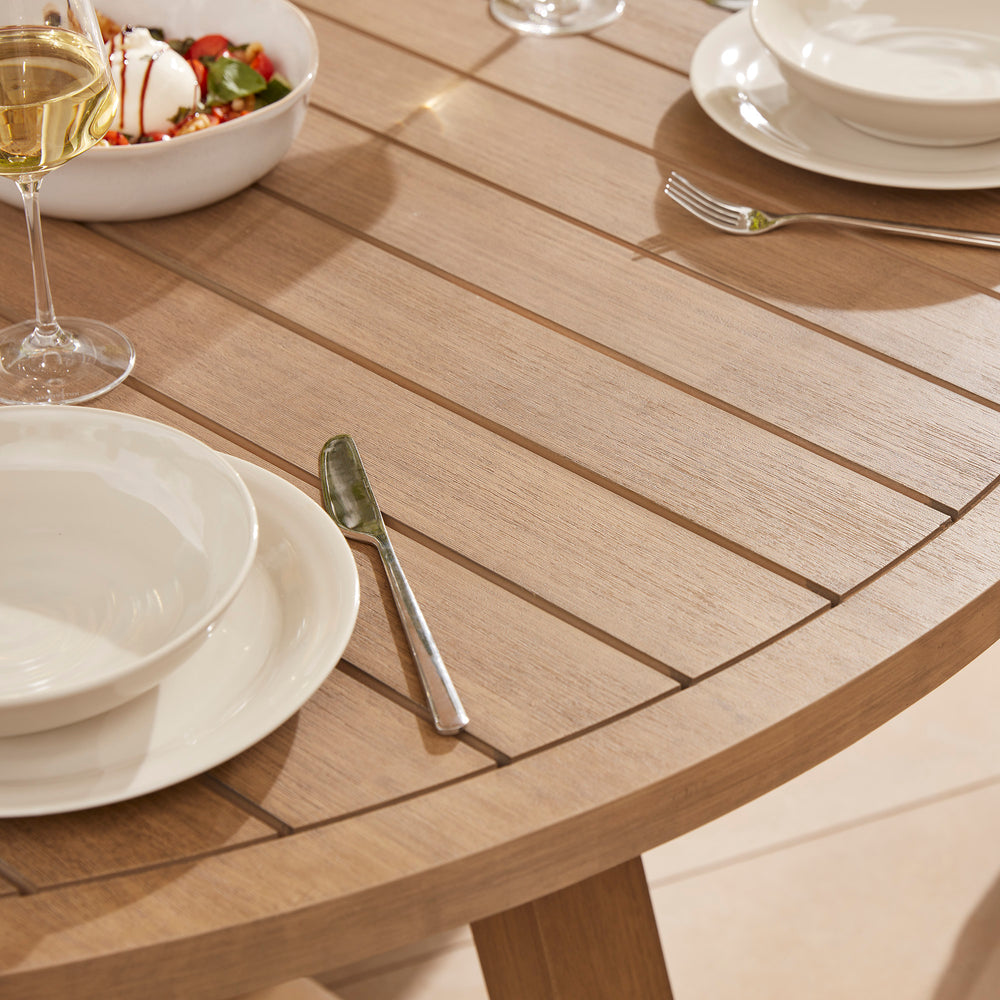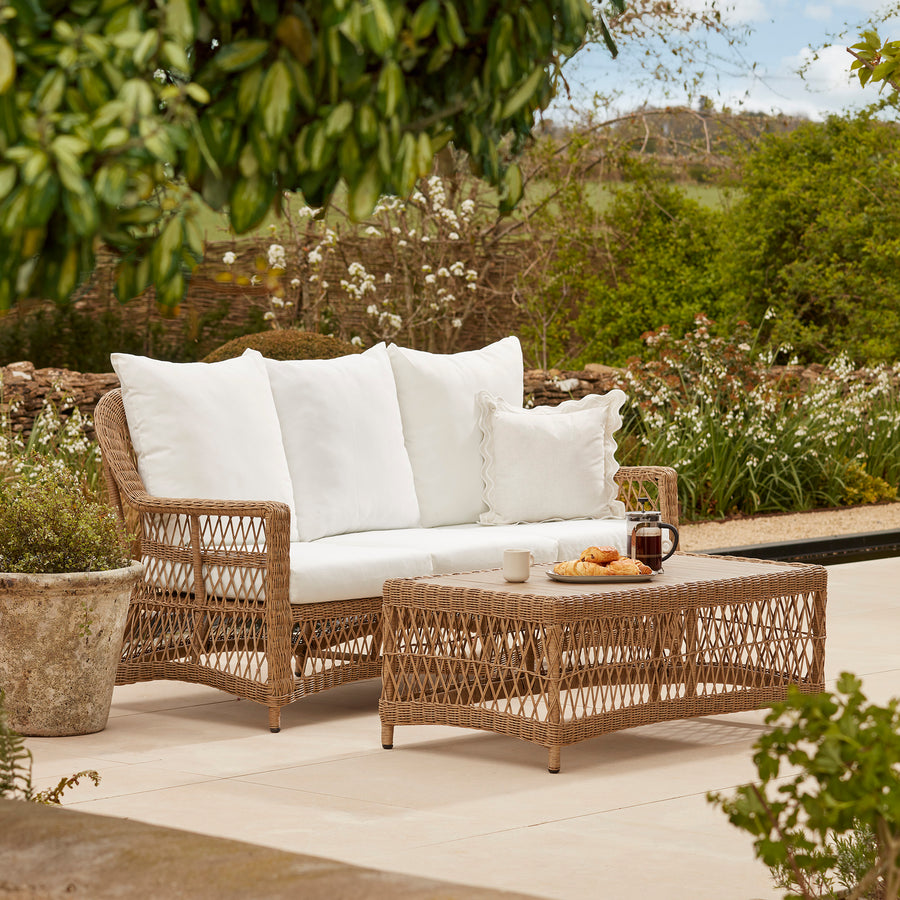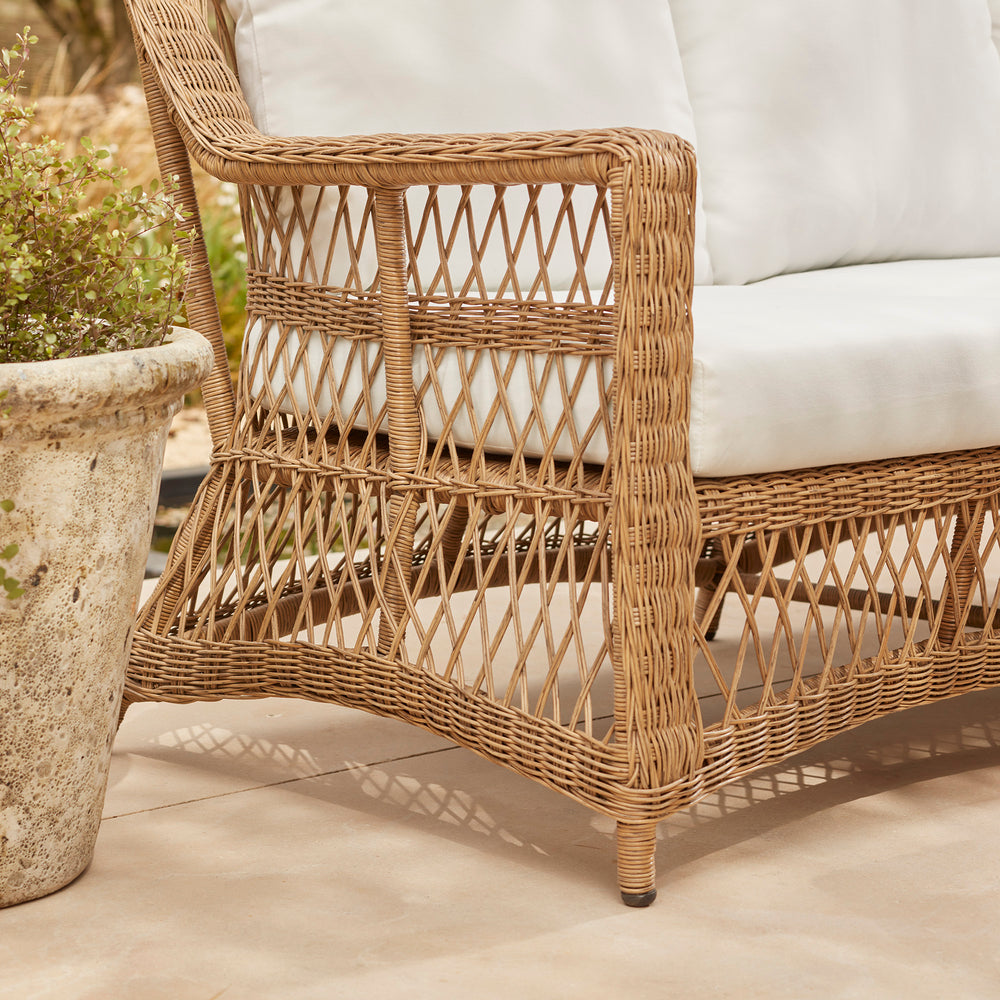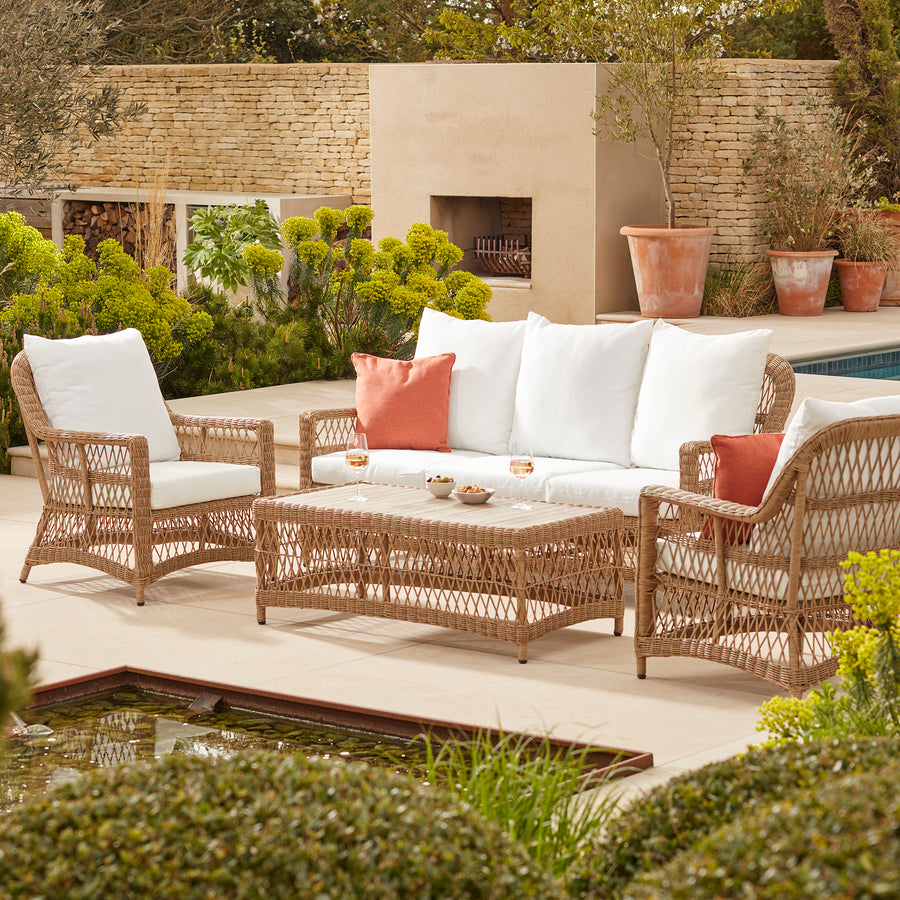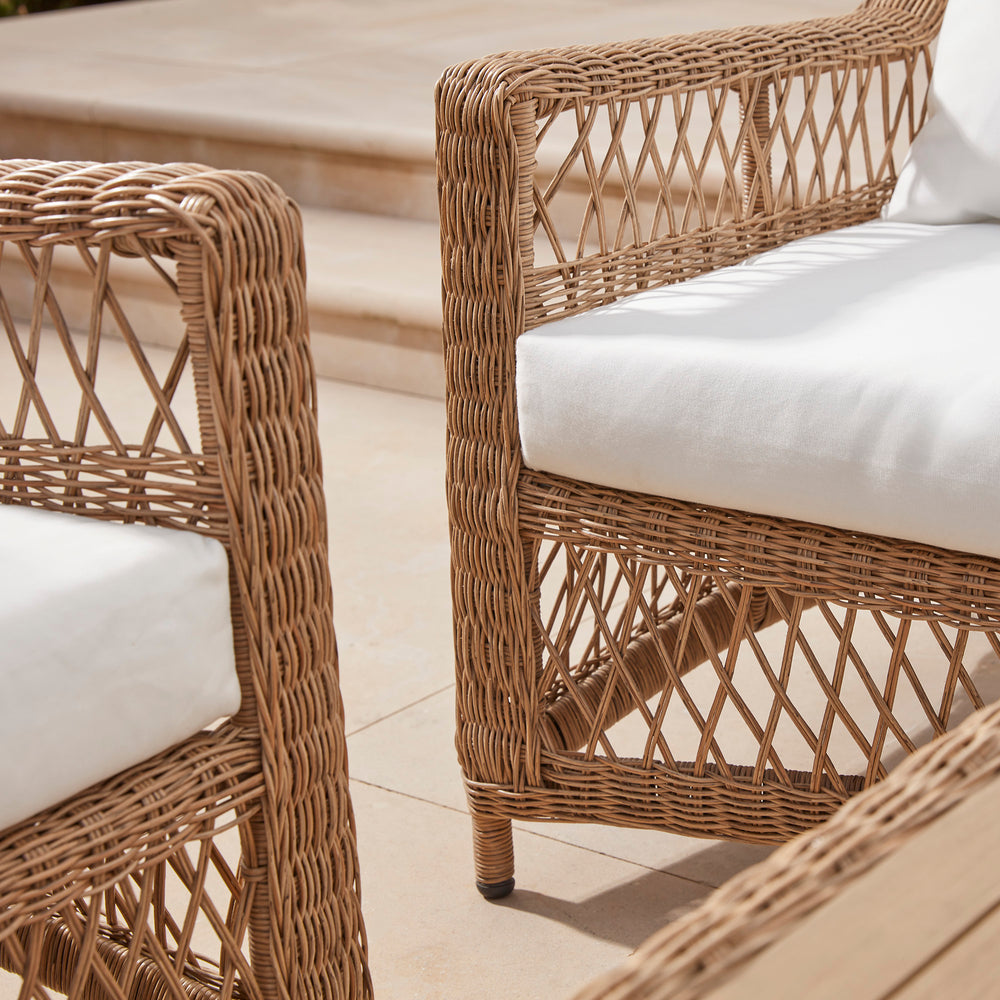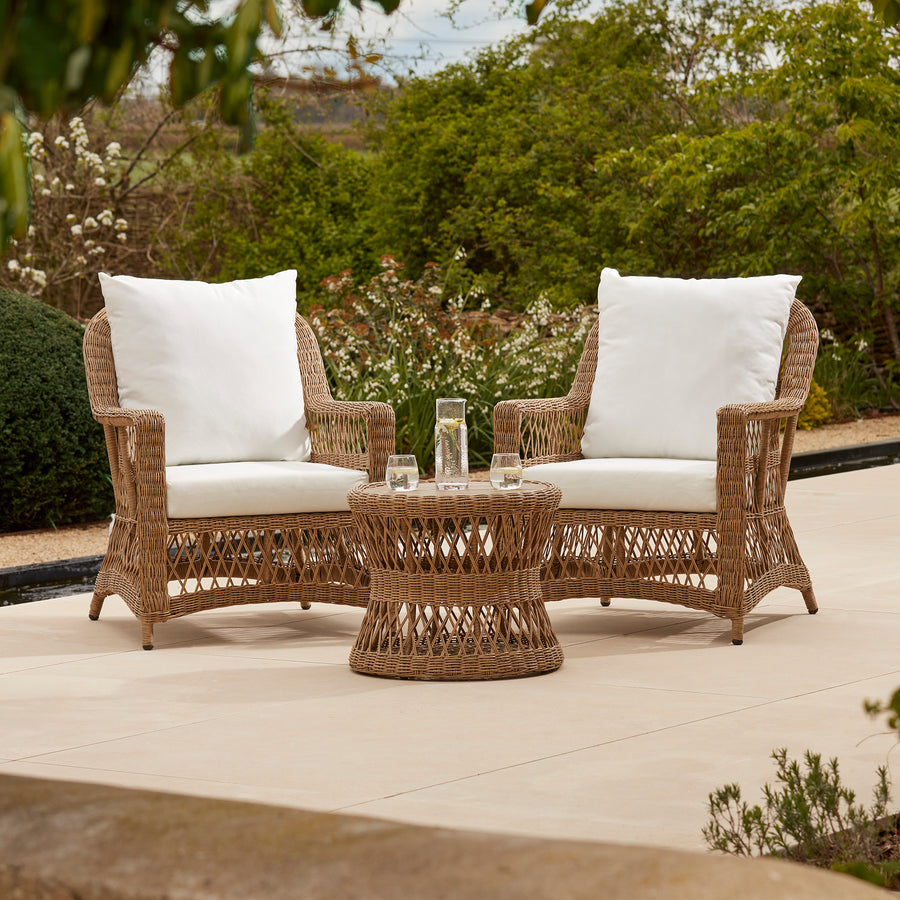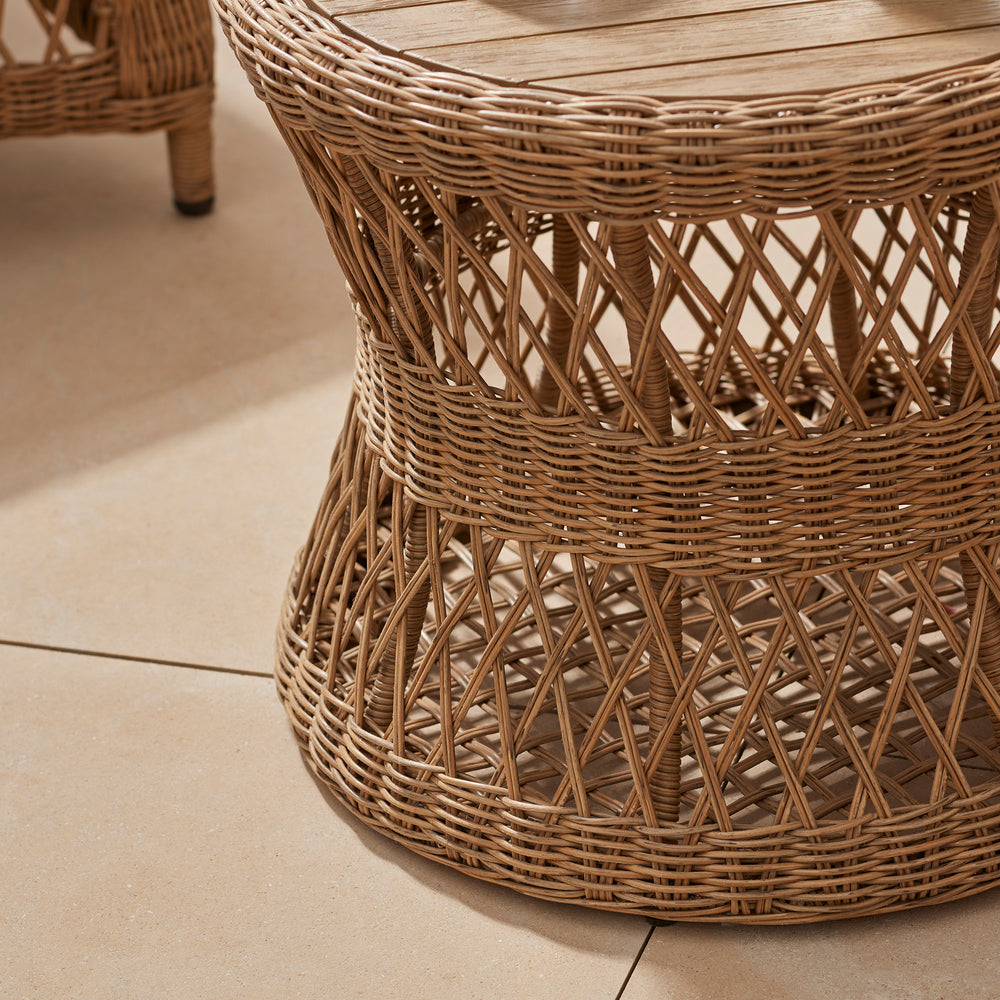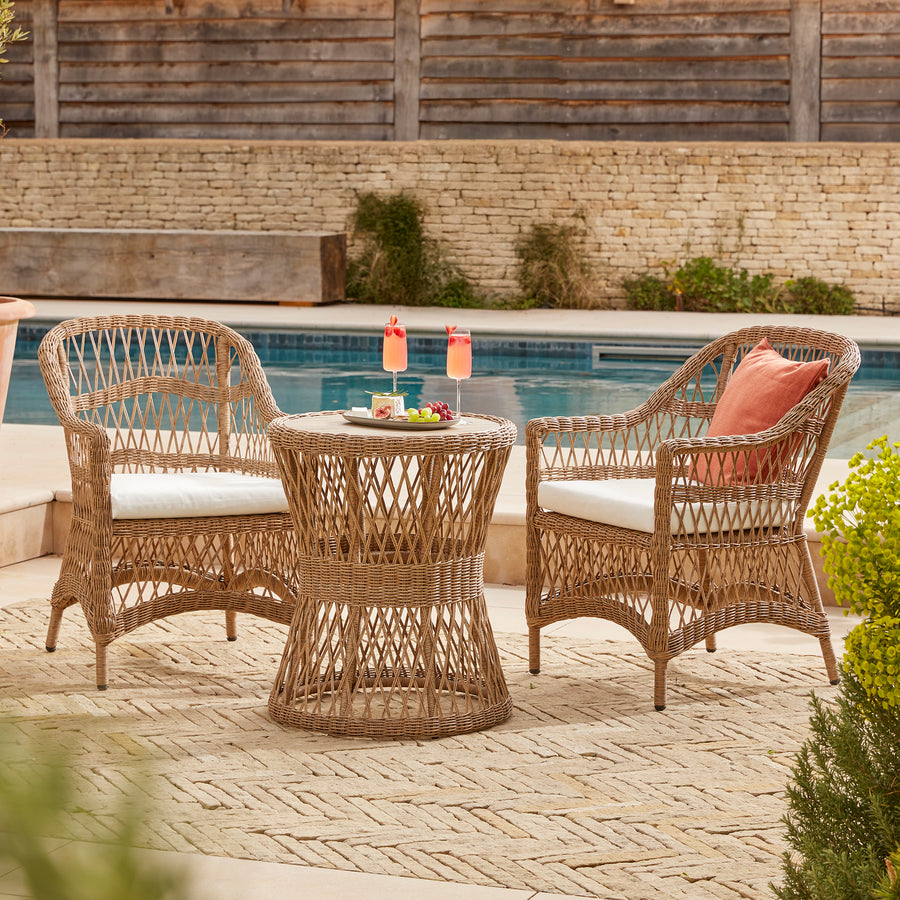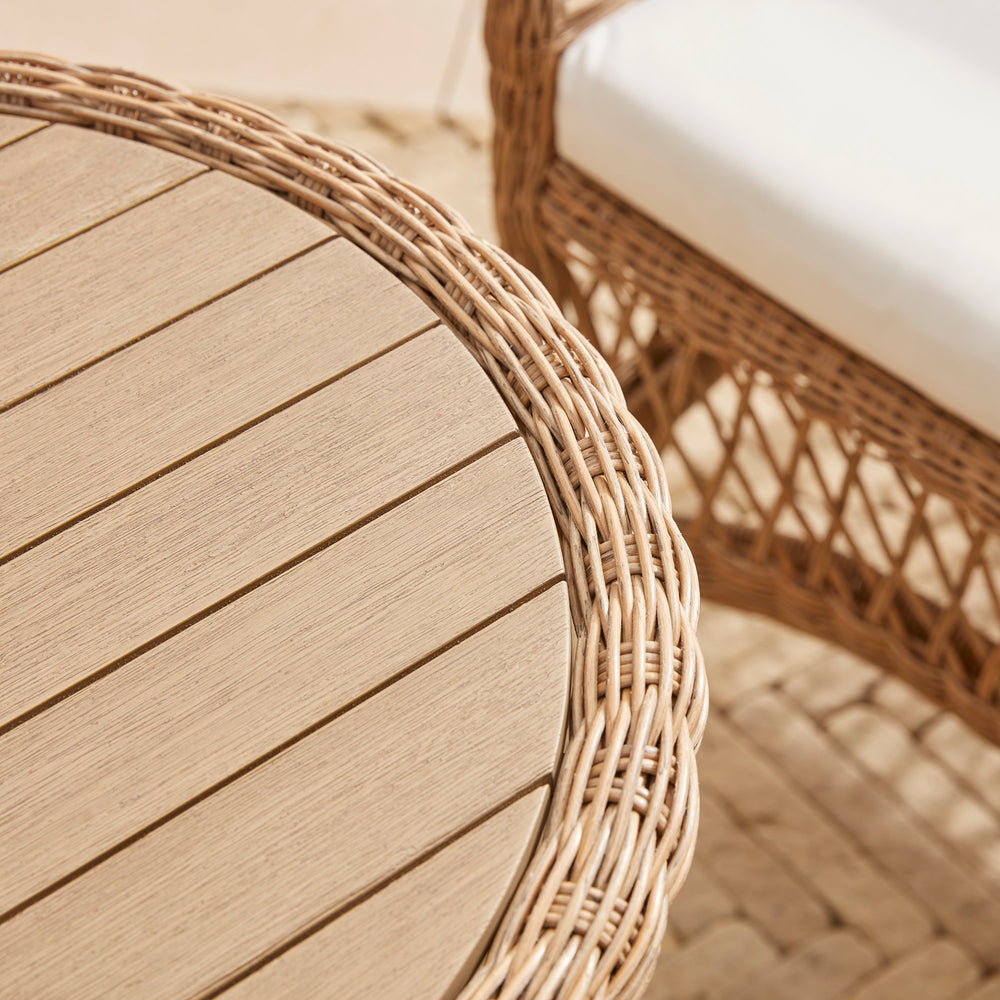A beginners gardening journey –the five most searched for gardening questions on Google
As spring begins to awaken the garden, are you ready to embark on a new journey of discovery in your outdoor space? If you are first-timer looking to cultivate a green thumb, Google Search has become a big part of our lives. It’s common to hear people say “just google it” every day. We’ve taken away the hassle of using the search engine to bring you the answers to the most searched for gardening questions on Google Trends.
Planting onion sets
Onion sets are part grown onion bulbs from the previous year. The advantage of planting onion sets is that they are easier to grow than seed, less prone to pests and diseases and mature earlier. The best time to plant onion sets is in the autumn, whilst the soil is still warm and moist, ready for a harvest in the summer next year.
From September to November, plant your sets pointy side up directly into the soil, 7-10cm (3-4in) apart in a row, and space rows at 30cm (12in) apart.
Make sure they are planted in a sunny, well-draining position, with some compost to increase the fertility of the soil and to help them over winter.
Onion sets will do well in a container planted about 4" apart.
You can then expect to harvest your onions in June/July when the foliage has wilted and yellowed. Lift from the soil or container with a fork, dry in a cool, light place for two to three weeks before using.

When to plant bare root roses
Bare root simply means that the plant will arrive at your door without a pot or soil around the roots. The plants are dormant with no fruit, flowers or foliage and ready to be planted straight into the ground or container. As long as the ground is not waterlogged or frozen, bare root roses can be planted straight away in late autumn.
To plant in a flower bed or container, make a hole that’s large enough to fit the entire root ball of the rose. Sprinkle in some fertiliser in hole before planting. Position your rose plant making sure it’s straight and upright in the soil or container and fill back in a rich compost. Water straight away after planting.
We recommend you natural, concentrated plant fertiliser for an occasional feed and remove the dead-heads of the roses after flowering. At the end of summer, prune stems back by about a third to encourage new growth next year.

Growing potatoes
Potatoes are a firm favourite with the beginner garden as they are easy to grow, don’t take up a lot of space and produce a tasty crop. Potato bags or containers can be placed on balconies, patios, decking and concreted spaces, so you don’t need a large garden or vegetable patch to grow your own.
To give your potatoes a head start, place these in egg boxes on the windowsill or porch. to ‘chit’ and grow stems, ready for planting in the bags.
Plant once the last frost has passed, we recommend planting five tubers per bag on top of 8in of good quality compost, before covering with another 4in. As plants grow and the shoots appear, add more compost to cover the shoots, known as earthing up, and repeat until you reach the top of the bag.
When the flowers are fully mature and open, which will usually be early summer time, your potatoes are ready to harvest.

How to look after a spider plant
With houseplants as popular as ever, it is no surprise that these feature in Google searches, the most popular being the spider plant. It’s one of the easiest plants to take care of, can tolerate neglect and creates visual interest with its variegated thin arched shaped leaves.
Make sure you choose a container that comfortably holds the root ball, and use a premium-quality potting compost that drains well.
A spider plant is very easy to grow and care for. It doesn’t need a lot of attention, and is terrific for busy people who don’t have time for gardening or novices. Water once a week to keep the soil damp. A kitchen or bathroom is a good location as it will enjoy the higher moisture levels.
It is also easy to propagate—simply cut off some of the babies it produces and pot them up or put them in a glass or bowl of water, where they will grow roots.
Spider plants are proven to reduce indoor pollution and has proven to have a beneficial effect in improving the cleanliness of the air.
What bulbs to plant now
Gardening has seen a resurgence as people turned to their outdoor space as sanctuaries during the pandemic and engage in a new hobby. One of the most searched for projects on Google trends over the past year was what bulbs to plant now.
Bulbs are one of the easiest and rewarding plants to grow and take up very little space in your garden so are ideal for containers, window boxes and borders – they can be grown almost anywhere! They also store energy from one growing season to the next so will provide blooms year after year.
There are two types of flowering bulbs to consider – spring bulbs (daffodils, tulips, crocus and hyacinths) and summer bulbs (lilies, dahlia, alliums and gladioli).

As you see the signs of autumn beginning to appear, this is the ideal time to plant spring bulbs as the soil is still moist and warm which will allow them to develop their root system. The optimum planting time for summer bulbs is around mid-March when the weather has started to get a bit warmer.
The general rule is that the bulb needs to be planted at least three times as deep into the ground. Both spring and summer bulbs like to be planted in free-draining soil with some coarse sand or grit to boost drainage if the soil is heavy or compacted.
You can create season long colour in your containers by creating a bulb lasagne Plant snowdrop and crocus will flower first. In next layer plant daffodil and tulip bulbs, then the bottom layer will be summer growing bulbs to ensure colour throughout the year.
Browse our outdoor and indoor container collection to make the most of your flowering blooms, houseplants and vegetables.




